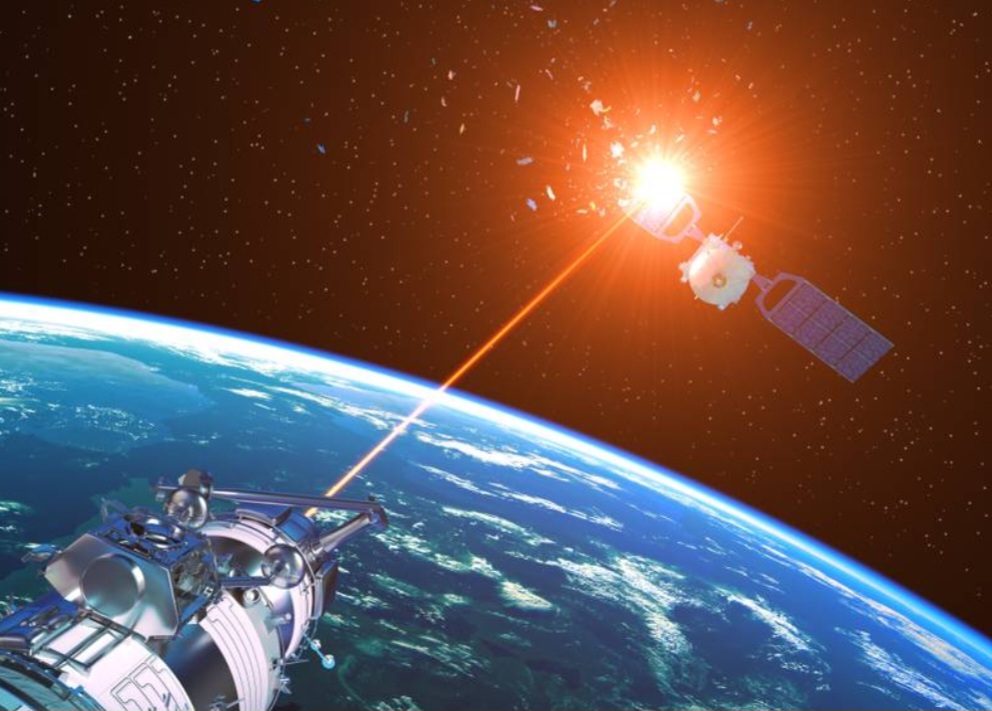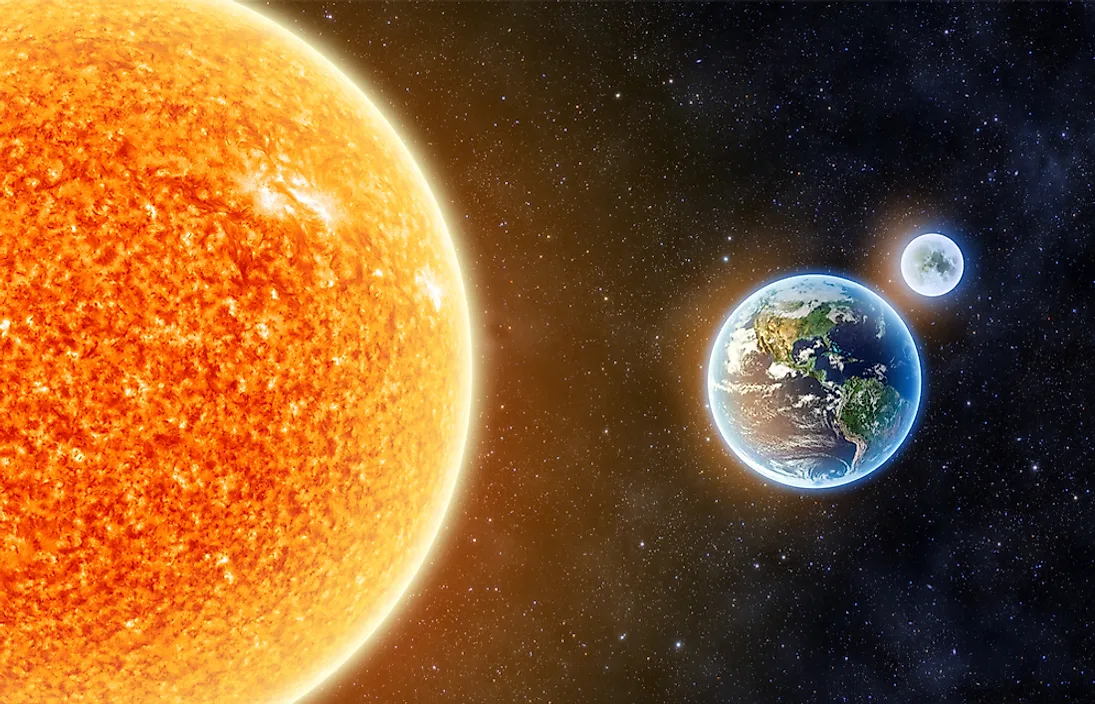Unveiling the Red Planet: A Comprehensive Exploration of Mars
In the vast expanse of the cosmos, one celestial body beckons humanity with irresistible allure: Mars, the Red Planet. Imagine standing on its dusty surface, gazing across ancient valleys and towering volcanoes, pondering the mysteries that lie beneath its rusty soil. Mars tantalizes us with the promise of scientific discovery, human expansion, and technological innovation on a scale never before imagined.
Join us on a journey beyond Earth’s confines as we embark on the ultimate adventure: the exploration of Mars. From deciphering its geological secrets to pioneering human colonization, from pushing the boundaries of technological possibility to gaining new perspectives on climate change, the quest for Mars unveils a universe of knowledge and opportunity.
Prepare to be captivated by the wonders of the Martian landscape, inspired by the resilience of the human spirit, and empowered by the transformative potential of exploration. As we venture forth into the unknown reaches of space, let us discover together the boundless possibilities that await us on the Red Planet. Welcome to the Mars expedition—a voyage of discovery that will leave an indelible mark on the annals of human history.
1. Scientific Inquiry: Deciphering Martian Mysteries (Unveiling the Red Planet)
Martian Geology:Unveiling the Red Planet
Mars boasts a rich geological history, characterized by ancient river valleys, towering volcanoes, and vast impact craters. By analyzing the planet’s surface features and rock formations, scientists can unravel the story of Mars’ evolution, offering insights into the processes that shaped our neighboring world over billions of years.
Atmospheric Studies:
The thin atmosphere of Mars holds clues to its past climate and potential habitability. By studying its composition and dynamics, researchers can piece together the planet’s climate history, shedding light on phenomena such as dust storms, seasonal variations, and the fate of its once-thick atmosphere. Understanding Mars’ atmosphere is crucial for predicting future climate trends and assessing the viability of human exploration.
2. Pioneering Human Expansion: The Vision for Martian Colonization
Establishing Habitats: Unveiling the Red Planet
Building sustainable habitats on Mars is essential for supporting long-term human presence. From designing radiation shielding to developing closed-loop life support systems, engineers face unprecedented challenges in creating environments where humans can thrive amidst the harsh conditions of the Martian landscape.
Resource Utilization:
In-situ resource utilization (ISRU) holds the key to self-sufficiency on Mars. Extracting water from ice deposits, harvesting atmospheric gases, and utilizing local materials for construction are critical steps towards establishing a thriving Martian colony. ISRU not only reduces reliance on Earth-based resources but also paves the way for future interplanetary exploration.
3. Technological Innovation: Pushing the Boundaries of Possibility
Advanced Propulsion Systems: Unveiling the Red Planet
The journey to Mars demands propulsion technologies capable of achieving unprecedented speeds and efficiency. From ion propulsion to nuclear thermal propulsion, engineers are exploring novel propulsion concepts to shorten transit times and reduce mission costs, opening new frontiers in space travel.
Autonomous Systems:
Operating in the harsh and distant environment of Mars requires autonomous spacecraft and rovers capable of making split-second decisions without human intervention. Developing artificial intelligence and machine learning algorithms enables robots to navigate treacherous terrain, conduct scientific experiments, and communicate with Earth-based controllers with minimal latency.
4. Climate Change Perspectives: Insights from the Martian Environment
Comparative Climate Studies: Unveiling the Red Planet
Comparing Earth’s climate with that of Mars offers valuable insights into the factors driving planetary climate change. By studying Mars’ past climate fluctuations and identifying parallels with Earth’s own climate history, scientists can refine climate models and develop strategies for mitigating the effects of global warming on our home planet.
Atmospheric Chemistry: Unveiling the Red Planet
Analyzing the composition and dynamics of Mars’ atmosphere provides a unique perspective on planetary atmospheres and their responses to external influences. Understanding the mechanisms behind atmospheric processes such as dust storms and atmospheric escape sheds light on the evolution of planetary environments and informs efforts to preserve Earth’s delicate atmospheric balance.
Ancient egypt’s pyramids are so mysterious, Probably built by aliens. | Maya (mayathevoice.com)
5. Inspirational Leadership: Igniting the Spirit of Exploration
Global Collaboration:
The journey to Mars transcends national boundaries and unites nations in a shared quest for discovery. Through international cooperation and collaboration, we leverage the collective expertise and resources of diverse nations to overcome the challenges of space exploration and inspire future generations to pursue careers in science, technology, engineering, and mathematics (STEM).
Education and Outreach:
Engaging the public in the excitement of space exploration fosters a culture of scientific curiosity and innovation. By sharing the wonders of Mars exploration through educational programs, public outreach initiatives, and media coverage, we inspire people of all ages to dream big and envision a future where humanity’s reach extends beyond the confines of Earth.
In conclusion, the journey to Mars represents a monumental undertaking that promises to reshape our understanding of the cosmos and redefine humanity’s place in the universe. By embracing the challenges and opportunities of Martian exploration, we embark on a transformative journey of scientific discovery, technological innovation, and inspirational leadership that will shape the course of human history for generations to come.




